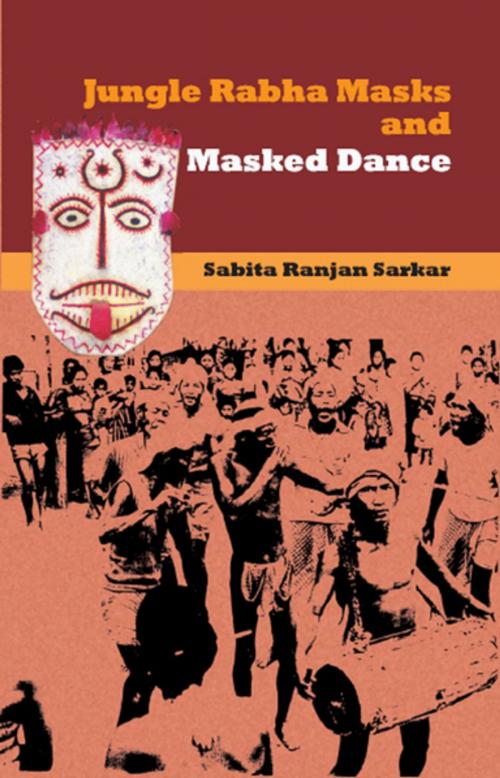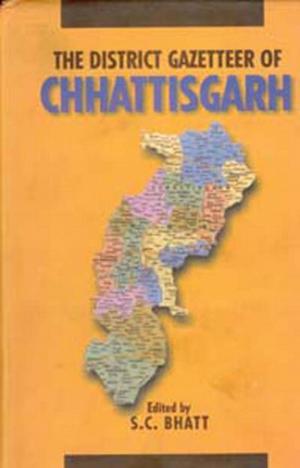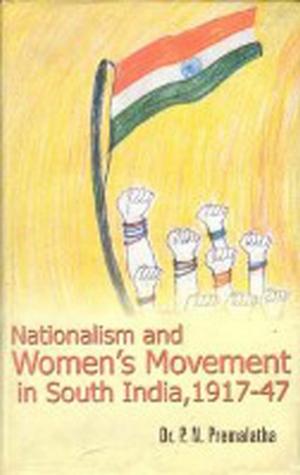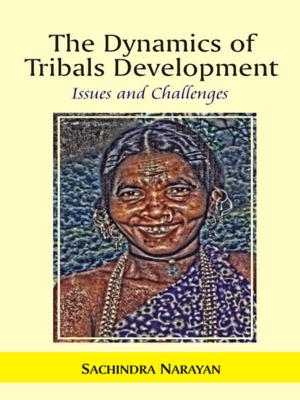Jungle Rabha Masks and Masked Dance
An Antropological Documentation
Nonfiction, Entertainment, Dance, Performing Arts| Author: | Sabita Ranjan Sarkar | ISBN: | 9788121251969 |
| Publisher: | Gyan Publishing House | Publication: | June 30, 2016 |
| Imprint: | Gyan Publishing House | Language: | English |
| Author: | Sabita Ranjan Sarkar |
| ISBN: | 9788121251969 |
| Publisher: | Gyan Publishing House |
| Publication: | June 30, 2016 |
| Imprint: | Gyan Publishing House |
| Language: | English |
The book is based on extensive field work among the forest dwelling Rabhas of North Bengal conducted in 1982 and 1983 during the collection of their traditional cultural artifacts (ethnographic object) as the museum specimens. Among the collected specimens, masks are considered as one of the significant cultural elements of the forest dwelling Rabhas. But there is hardly any written record about them. Therefore, the study on the Rabha masks and the masked dance was taken up from anthropological perspective to carry out further research on them in future. For the convenience of study, the historiography of the Rabha masked dance divided into three phases –Pre–British, British and Post –British. The attempt has been made here to ascertain the status of the dance in each phase for bringing out a clear picture as to how the physical environment, government forest policy, acculturation processes and economic activities in particular and exerted their influence on this particular cultural aspect of the forest dwelling community over space and time. The idea behind this proposition was to trace out the rise, gradual propagation and downfall of this performing art in different phases of time
The book is based on extensive field work among the forest dwelling Rabhas of North Bengal conducted in 1982 and 1983 during the collection of their traditional cultural artifacts (ethnographic object) as the museum specimens. Among the collected specimens, masks are considered as one of the significant cultural elements of the forest dwelling Rabhas. But there is hardly any written record about them. Therefore, the study on the Rabha masks and the masked dance was taken up from anthropological perspective to carry out further research on them in future. For the convenience of study, the historiography of the Rabha masked dance divided into three phases –Pre–British, British and Post –British. The attempt has been made here to ascertain the status of the dance in each phase for bringing out a clear picture as to how the physical environment, government forest policy, acculturation processes and economic activities in particular and exerted their influence on this particular cultural aspect of the forest dwelling community over space and time. The idea behind this proposition was to trace out the rise, gradual propagation and downfall of this performing art in different phases of time















